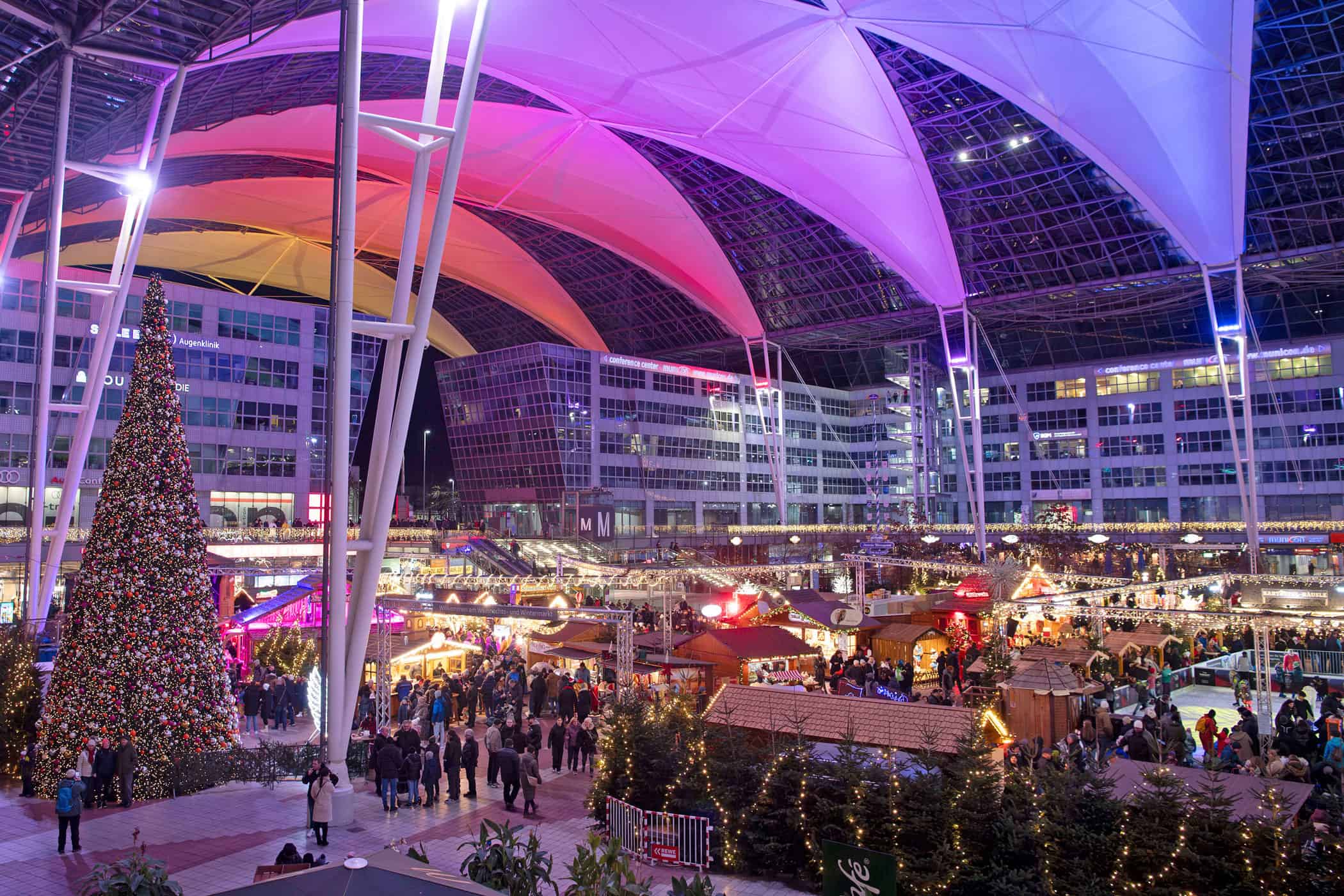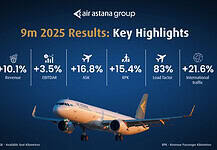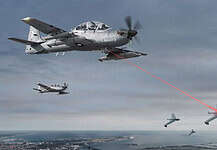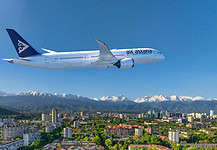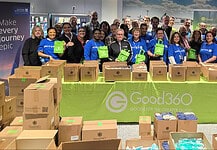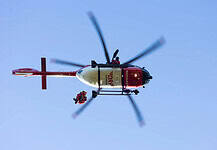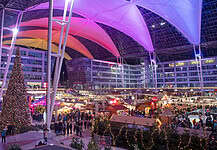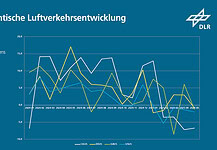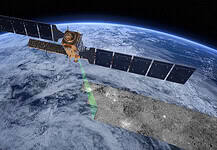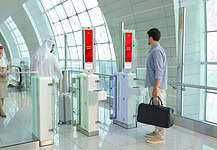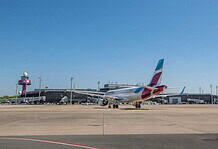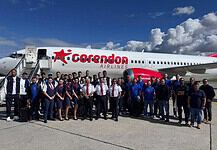This site is also available on:
Deutsch
Between November 9 and 11, 2025, the Sun experienced several intense solar flares, including a particularly powerful X5.1-class flare – one of the most energetic in recent years. These flares were accompanied by several coronal mass ejections (CMEs), which are now impacting Earth.
During the night of November 11-12, 2025, the resulting geomagnetic storm temporarily reached level G4 (“severe”). Experts believe it is possible that the activity could intensify to a G5 storm, the highest warning level, in the coming hours. This event is therefore significantly stronger than the G3 storm we reported on last week.
The NOAA Space Weather Prediction Center and the Ionosphere Monitoring and Prediction Center (IMPC) of the German Aerospace Center (DLR) are continuously monitoring developments. Warnings are being issued regarding potential disruptions to satellite navigation (e.g., GPS).
With clear skies, there is another chance to observe the Northern Lights in Germany in the coming nights – especially in the northern regions.
Impact on satellite navigation
Satellite signals are affected as they pass through the ionosphere: Radio signals are “deflected” by the ionosphere’s plasma. The crucial factor here is the electron content (TEC, or “Total Electron Content”) of the ionosphere, i.e., the number of electrons along the signal path. Space weather events can change the TEC very rapidly, making this signal “deflection” difficult to predict and correct.
This is highly relevant for satellite-based navigation, as position determination relies on the time difference in the arrival of signals from multiple satellites. The “deflection” of the signal and the associated minimal time deviation lead to a slightly inaccurate positioning. This is known as propagation error.
Such errors are extremely dangerous in applications requiring highly accurate positioning – for example, driverless cars. TEC maps based on ionospheric models can detect and correct these deviations.
Additionally, space weather can cause so-called ionospheric disturbances, meaning strong temporal and spatial fluctuations in the electron concentration. These disturbances cause a kind of noise in the satellite signal, which is technically referred to as “scintillation.” Further uncertainties or, in the worst case, even complete signal loss are possible consequences.
Space weather research at the DLR
The DLR Institute of Solar-Terrestrial Physics in Neustrelitz, Mecklenburg-Western Pomerania, investigates the wide range of processes involved in space weather. Research here spans from fundamental research on the physical processes to application-oriented concepts for reducing the impact on vulnerable technologies. The goal: to protect national infrastructure and support affected industries through timely, accurate, and reliable observations and forecasts.


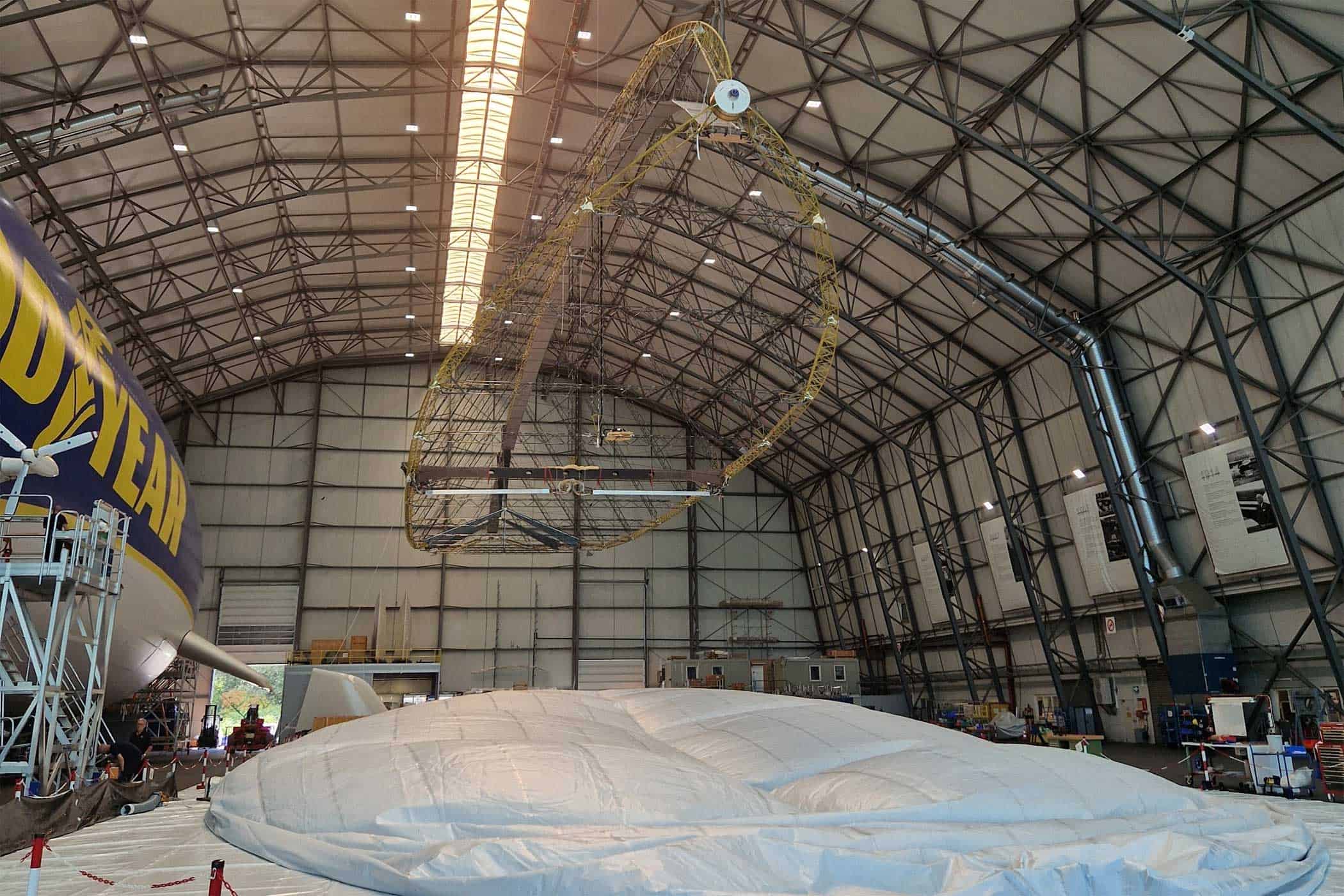 Zeppelin NT airship conquers the skies of the Lake Constance region (Zeppelin NT airship conquers the skies of the Lake Constance region)
Zeppelin NT airship conquers the skies of the Lake Constance region (Zeppelin NT airship conquers the skies of the Lake Constance region) Stöllner Gollenberg Brandenburg: Honorary award as the oldest airfield (Stöllner Gollenberg Brandenburg: Honorary award as the oldest airfield)
Stöllner Gollenberg Brandenburg: Honorary award as the oldest airfield (Stöllner Gollenberg Brandenburg: Honorary award as the oldest airfield) DLR provides insights into the future of aviation in the Digital Hangar (DLR provides insights into the future of aviation in the Digital Hangar)
DLR provides insights into the future of aviation in the Digital Hangar (DLR provides insights into the future of aviation in the Digital Hangar)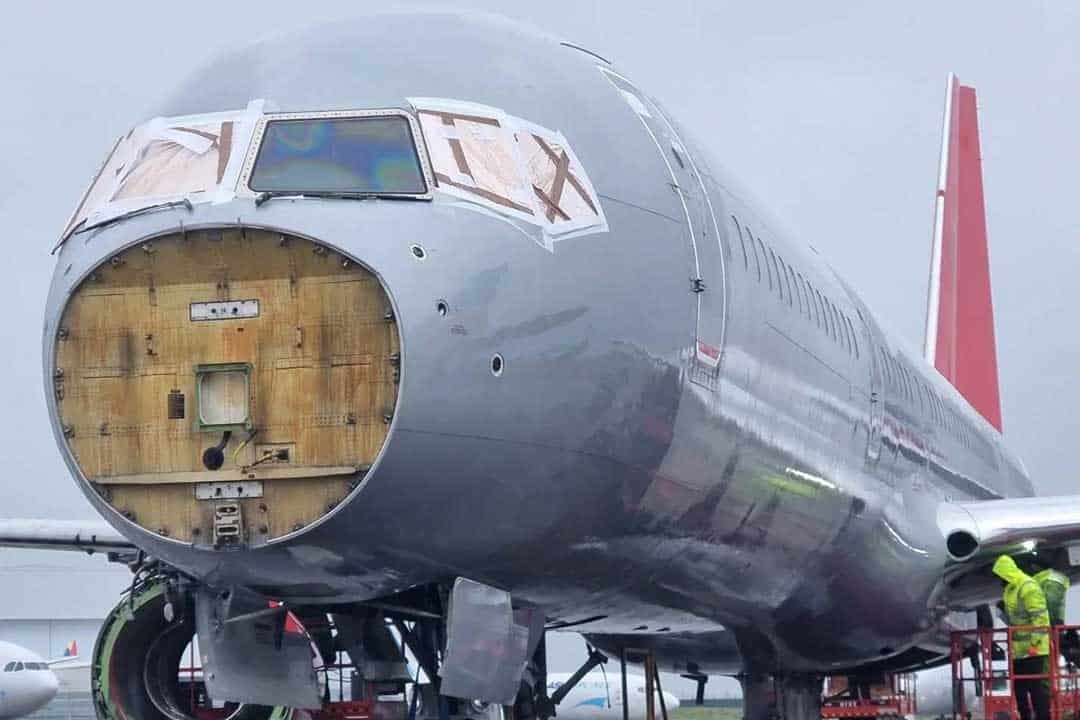 Aviationtag presents limited edition of the last Jet2 Boeing 757 (Aviationtag presents limited edition of the last Jet2 Boeing 757)
Aviationtag presents limited edition of the last Jet2 Boeing 757 (Aviationtag presents limited edition of the last Jet2 Boeing 757) Ascension Day sightseeing flight over Berlin in a Sundair Airbus A320 (Ascension Day sightseeing flight over Berlin in a Sundair Airbus A320)
Ascension Day sightseeing flight over Berlin in a Sundair Airbus A320 (Ascension Day sightseeing flight over Berlin in a Sundair Airbus A320) Air France: 70 years at Nuremberg Airport (Albrecht Dürer Airport) (Air France: 70 years at Nuremberg Airport (Albrecht Dürer Airport))
Air France: 70 years at Nuremberg Airport (Albrecht Dürer Airport) (Air France: 70 years at Nuremberg Airport (Albrecht Dürer Airport))


